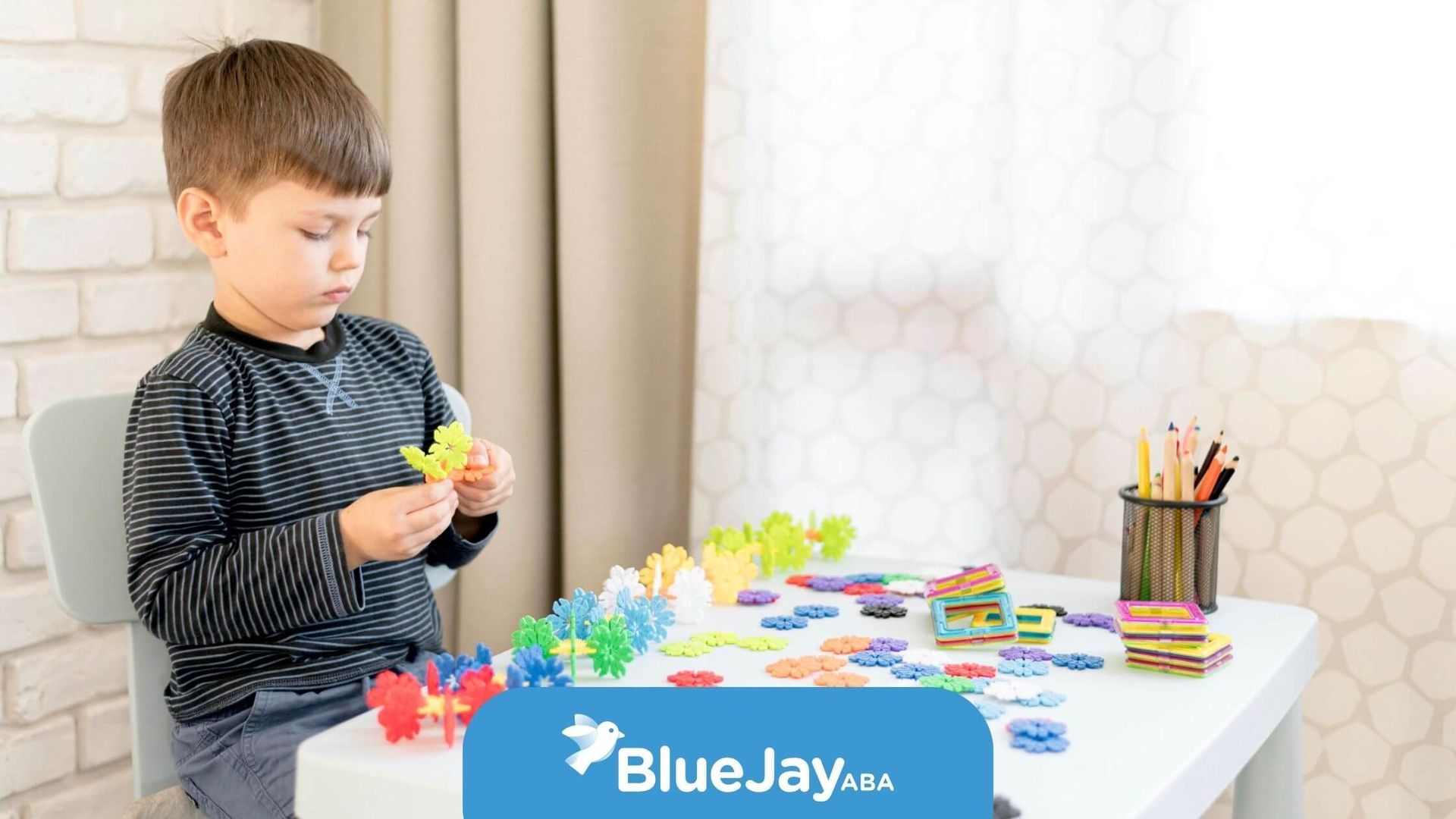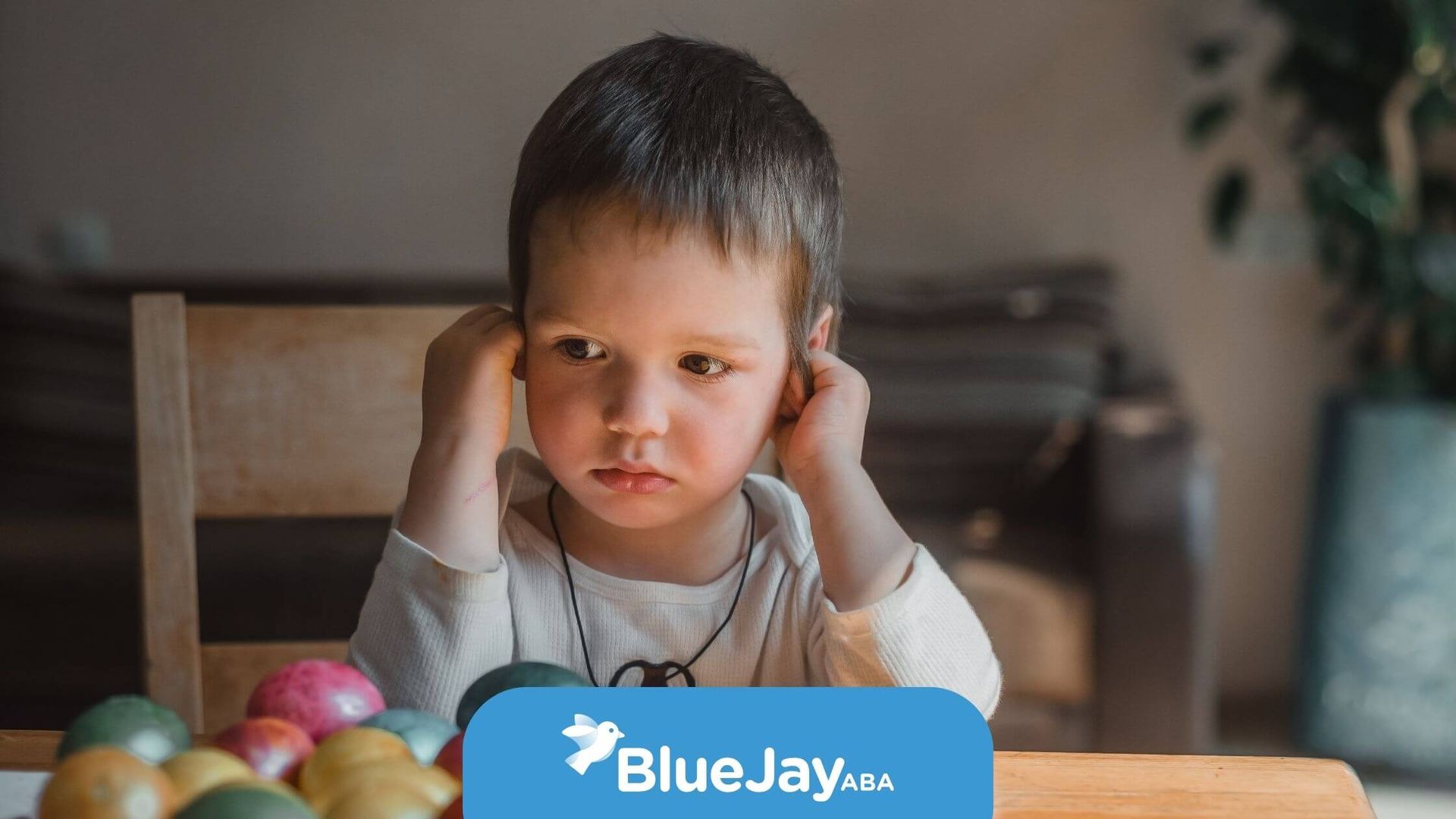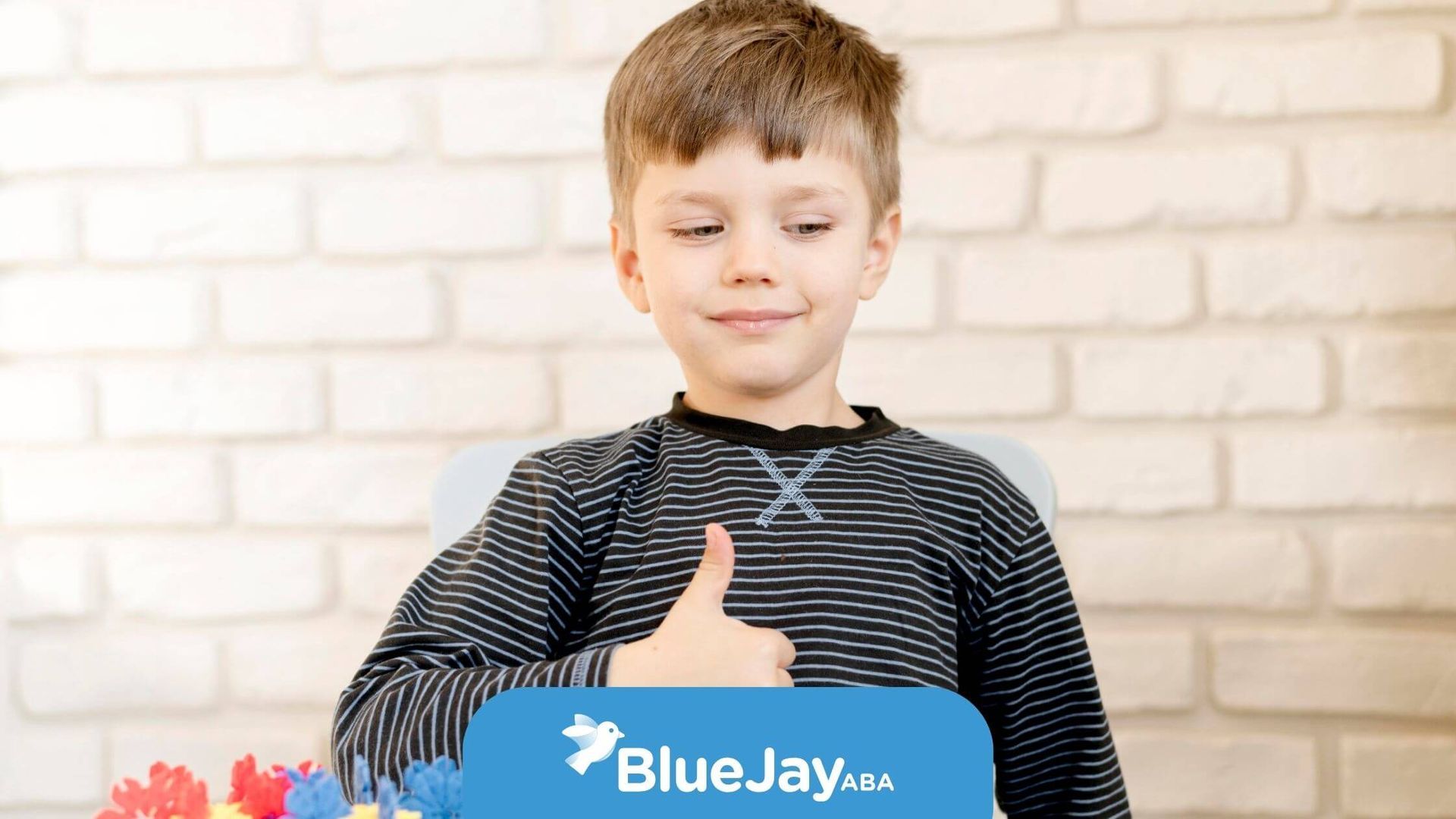How Do Autistic Children Play?
Autistic children often play differently than their neurotypical peers, and that’s completely okay. Their play may be more repetitive, solo-focused, or centered around specific interests.
Instead of group games, many autistic children prefer parallel play—playing near others without direct interaction. They may also engage in sensory play (like touching textures or watching spinning objects) or repetitive actions like lining up toys or watching the same video clip repeatedly.
Some may struggle with pretend play, like pretending a block is a car, but that doesn’t mean they’re not learning or enjoying themselves. Play is still meaningful. It helps with self-regulation, focus, and exploration.
Through ABA therapy, we can gently guide children to expand their play skills while respecting their unique preferences. That might include encouraging turn-taking, introducing pretend play in simple ways, or helping them engage more with peers.
At Blue Jay ABA, we meet each child where they are and use play as a powerful tool for growth and connection.
Want to support your child’s play and social development?
Contact us today to learn how our in-home ABA therapy in North Carolina can help your child thrive through play.
SOURCES:
https://raisingchildren.net.au/autism/school-play-work/play-learning/play-asd
https://pmc.ncbi.nlm.nih.gov/articles/PMC9850869/
https://www.autismparentingmagazine.com/parallel-play-in-autism/
https://www.autismawareness.com.au/navigating-autism/learning-through-play-for-autistic-children
https://www.scottishautism.org/services-support/family-support/information-resources/play
Related Posts






